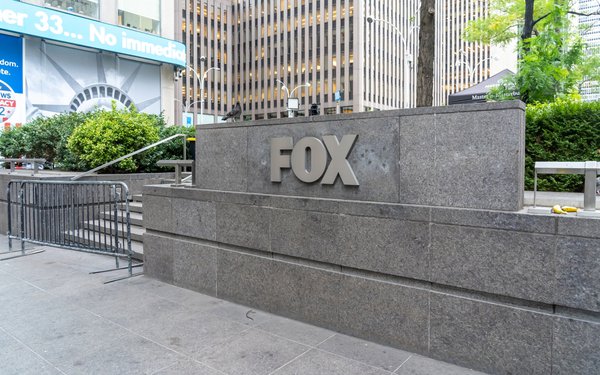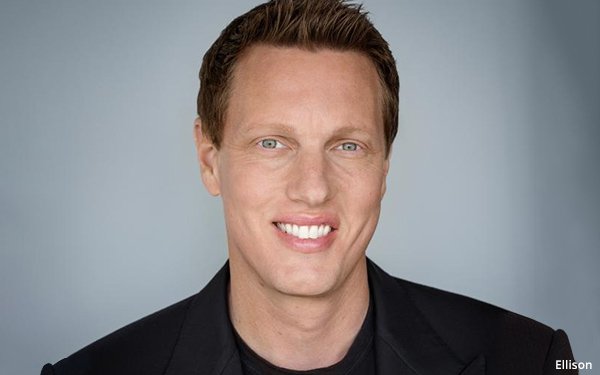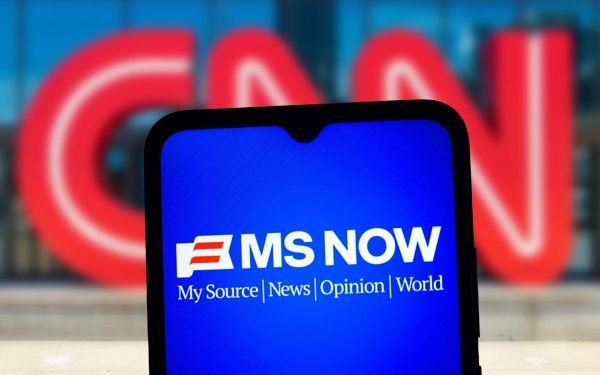Here's something your creative services department w\might like to know about: Philip Jay LeNoble, PhD.
Commentary
Zuckerberg's Call for Superintelligence Will Change Ad Creative Forever
- by Will Ashton , 3 hours ago
For advertisers, the push for superintelligence isn’t about a utopian future or nightmarish vision, but a present-day challenge with huge stakes. It’s a potential clash between brand equity built up over decades, and the algorithmic push for high-volume creative.
Delivering one-to-one advertising. Over the past few months there has been a series of mammoth investments from tech giants like Meta, Google, and ByteDance into AI infrastructure and microchips. A large reason for this spending is updating their advertising systems to deliver true personalization -- the crux of Zuckerberg’s vision.
While this has always been the goal of advertising, a previously unimaginable level of precision is now possible, thanks to huge computational power, faster processing and machine learning. Using billions of behavioral signals they have gathered on users, platforms like Meta and TikTok can now instantly sift through millions of ad variants to serve the right ad to the right person at the right moment.
The fuel to power these real-time matching engines is in a vast volume of creative options with a need for hundreds of individual ads -- orders of magnitude more than most advertisers are producing today. Yet increased volume is the key to driving better performance.
The volume conundrum. This scaling challenge is what Meta intends to solve using AI. In an interview earlier this year, Zuckerberg described a world where businesses only need to provide a few basic inputs, and Meta's AI will do the rest, generating thousands of tailored ads.
For larger advertisers however, handing over control to the platforms to generate hundreds of ads "on the fly" directly clashes with the requirement for clear guidelines, sign-off procedures, and preservation of long-term brand equity.
So to keep pace, advertisers face a real dilemma: either risk being left behind with insufficient creative volume, or cede control and potentially sacrifice brand integrity and long-term health. So what is the solution?
The marriage of humans and AI. Manually creating and signing off on 500 individual ads would be an immensely time-consuming and costly process, wiping out any performance gains.
AI is therefore essential for advertisers to reach the scale and volume needed to compete. Unfortunately, the output from out-of-the-box AI solutions is often questionable, with many overhyped products (e.g., the classic LinkedIn call to action: "Comment AI on my post for early access").
Meanwhile, the platforms themselves will focus on creating easy-to-use tools for the long tail of their advertisers -- solutions that won’t meet the strict guidelines of larger brands. Therefore, to produce brand-safe, high-quality AI creative, human expertise must guide every stage.
This involves equipping AI with clear brand guidelines and even relevant performance data, plus applying human judgement on context and taste to shape the creative direction. It also means enforcing strict guardrails with established sign-off procedures to ensure a human expert reviews and approves the final creative output.
Zuckerberg has said, “The rest of this decade seems likely to be the decisive period for determining the path this technology will take.” For brands, the road ahead is clear. In marrying smart human oversight with AI’s scale, they can finally achieve a long-sought advertising goal: building true one-to-one relationships with their audience. That’s the real story.










